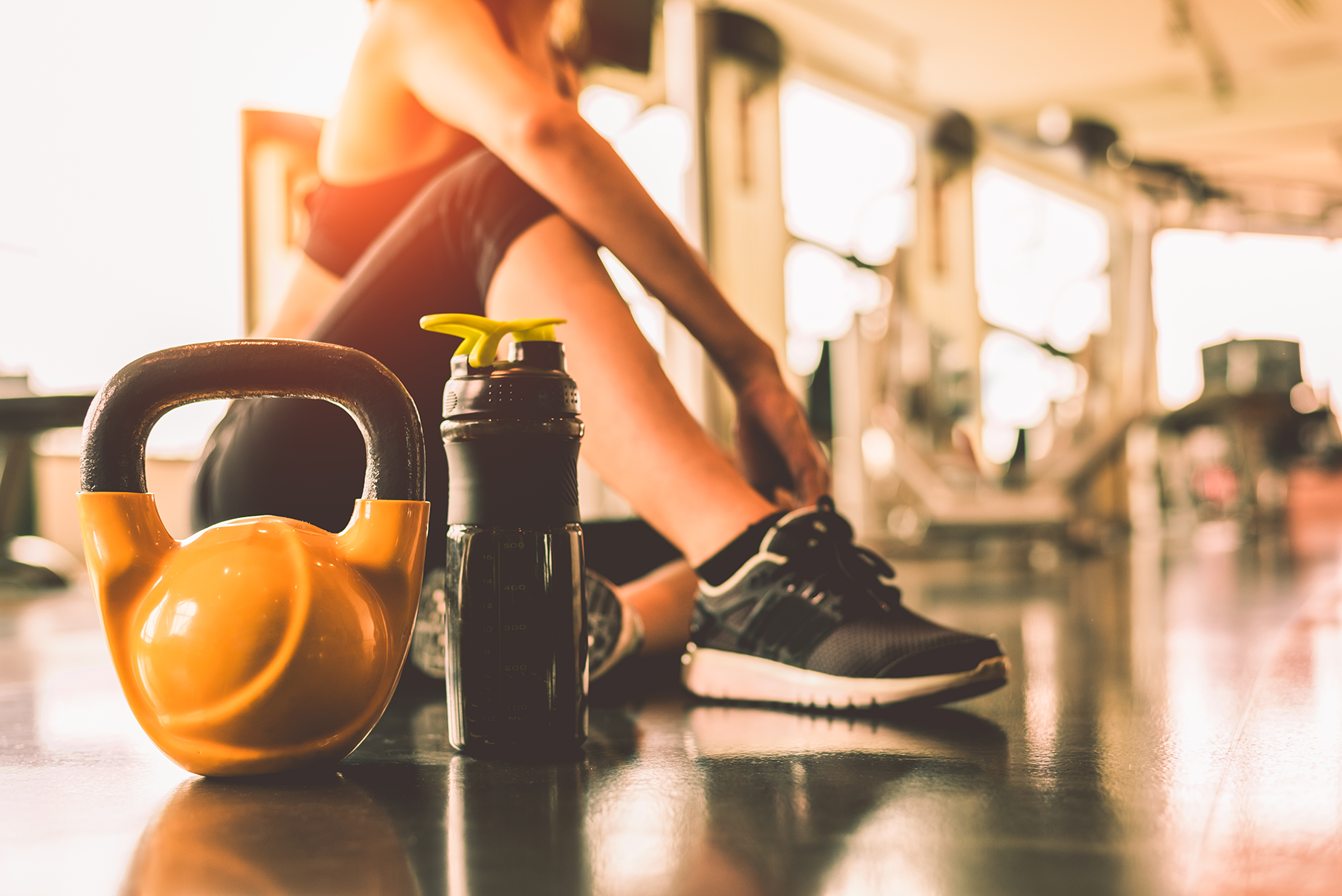
It’s funny, ever since I took the “work” out of my workouts, I enjoy movement so much more than I used to, and I move more than I have since I was a teenager. Embracing a new exercise routine can feel scary and intimidating, but it doesn't have to. How we think about things matters, and how much enjoyment we allow ourselves to derive from them matters too, especially if we want to stick with them in the long term. This is where the concept of joyful movement can help us in creating and sticking to our movement habits.Back when I was an overworked graduate student and the majority of my exercise consisted of a brisk sit, my mind would often convince me that I needed to make up for all my downtime with high-intensity workouts. Not only that, but I also needed to give it my all (this was the sedentary guilt talking). I was convinced that beating myself up in the gym would somehow win me a prize — like I was being graded off how sweaty I was at the end of the workout hour and anything less than an A+ was failing.It’s easy to get into this mindset. It’s modeled for us in many gym settings, and occasionally it does feel amazing to challenge and push ourselves to the limit. But are our bodies really meant to max out 3-5 days a week (those of us who aren’t athletes)? If we get into the mindset that in order for a work out to “count”, we have to suffer or be in pain or be sweaty enough to make a sweat angel on the floor every single time we exercise, then we don’t give our brain a chance to form a positive association with exercise or movement in general.

Joyful Movement
Joyful movement, by contrast, takes a different approach. Simply put, it’s movement that encourages a positive experience. For some, it means no structured movement at all — think dancing or just moving in any way that your body wants to. For others, it means changing the way they view themselves within a traditional, structured movement. Side note: if you’re interested in learning more about joyful movement from an evidence-based perspective, check out this article on joyful movement and fall prevention in seniors.When I was first introduced to the concept, all I could think about was my nerdy middle school self. All that girl wanted to do was roller skate. Every day after school I would take the bus to my dad’s office, slap on my skates, pop a fresh cassette in my walkman, and tear it up all around the smooth concrete floor of the warehouse (in hindsight I was probably very annoying). I LOVED moving my body in that way. Skating was something that I couldn’t get enough of — even when I couldn’t master a move, it was still pure joy.Now as an adult, joyful movement for me has been both a mindset shift and an activity shifter; it’s about making movement into something that I enjoy and that I do for me. I still engage in some of the activities I was involved in before, but the way I interact with them is different. For one, I took the work out of working out. As much as I can, I refer to movement as the movement itself (ex: walking, hiking, swimming, walking, even roller skating again) or training (kettlebells are my jam) rather than saying or thinking that I’m working out. Because, it’s not work; it’s movement, and more often than not, it’s fun, refreshing, energizing, healing, or satisfying.My body feels best when I move it often, but it’s easy to get swept up in the busyness of life, so making time for movement is essential for me. I’m a planner, and after some trial and error, I’ve found a nice mix between free days (an hour or so set aside with or without a plan) and training days. Some free days it’s a walk with the dog, a hike, or roller skating at the neighborhood tennis court. If I’ve got nephews and nieces in tow, they can never get enough of trampoline or pool time. If it’s a weight training day, I know I have a goal in mind — a challenge to grow towards — and I do my best to tune in and see how my body is feeling. Does my knee hurt? How would it feel to back off a little? How can I adjust my body to get more power in this movement? Allowing myself to tune in and enjoy what I’m doing rather than powering through and counting down my reps while I stare at the TV and ignore my body.
Positive Experiences
Finding ways to create positive experiences with movement helps us create an underlying desire of wanting to move more. Training for injury prevention and recovery are important modalities, and we can use them in conjunction with ways of moving that also spark joy. For some, that’s paddleboarding; for others, skiing. Some are into cycling, while others take pleasure in dancing their hearts out.I would love to hear what your favorite ways to move your body are. Feel free to shoot me an email anytime! And if you need some help getting started, reach out to one of our Wellview health advisors or personal trainers today. Click HERE to learn more about the Wellview services available to you. We can’t wait to work with you!
– ERIN ALLEN, NBC-HWC, CPT, SFG1
Health Advisor | Email Erin




